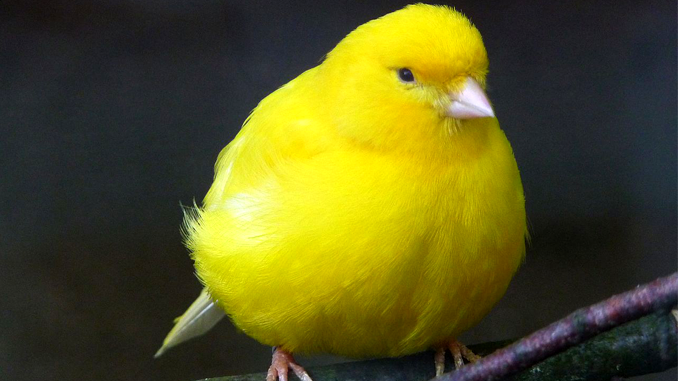
Magnetic north just changed. Here’s what that means.
“Magnetic north has never sat still. In the last hundred years or so, the direction in which our compasses steadfastly point has lumbered ever northward, driven by Earth’s churning liquid outer core some 1,800 milesbeneath the surface. Yet in recent years, scientists noticed something unusual: Magnetic north’s routine plod has shifted into high gear, sending it galloping across the Northern Hemisphere—and no one can entirely explain why.”
National Geographic
According to an NPR report, As Magnetic North Pole Zooms Toward Siberia, “at a rate of more than 34 miles per year,” NOAA’s World Magnetic Model (WMM), the “mathematical representation of the magnetic field” got an update a year early.
North is on the move, and that’s a problem for your smartphone’s maps.
Earth’s geographic north pole is fixed. But the planet’s magnetic north pole — the north that your compass points toward — wanders in the direction of Siberia at a rate of more than 34 miles per year.
That movement may seem slow, but it has forced scientists to update their model of Earth’s magnetic field a year earlier than expected so that navigational services, including map-based phone apps, continue to work accurately.
NPR
EARTH 101.
“Earth is the only planet known to maintain life. Find out the origins of our home planet and some of the key ingredients that help make this blue speck in space a unique global ecosystem.”
The Year of the Pig.
Chinese New Year is a festival beyond compare. Technically it’s a week—determined by the lunar calendar but always late January to mid February—but for many, Chunjie(Spring Festival) is more like 40 days of celebrations. The travel involved has been called the largest annual human migration in the entire world. China holds 1.4 billion people (18.4 percent of the world’s total population, but who’s counting?) and every year, nearly three billion people fan across the country, returning to their hometowns. Here are 10 essential things to know about this massive, annual event.
National Geographic
IN A FIND unlike anything seen before, a piece of opal from the island of Java in Indonesia holds some remarkable cargo: a stunningly preserved insect that may be at least four to seven million years old.
Previously, plenty of ancient insects have been found in amber, a gemstone made of fossilized tree resin. When animals became encased in the fresh resin, it entombs them rapidly enough to preserve the remains, often with exquisite detail. (See a dinosaur-era bird found preserved in amber.)
But typically, the natural formation of opal involves silica solutions concentrating in cavities underground over thousands or even millions of years, raising questions as to how an insect could have been preserved in this way.
National Geographic
Though the stone has not been scientifically studied, and skepticism remains until it is, the specimen “passed through several hands” before ending up in Philadelphia, Pennsylvania in the hands of Brian Berger, “a gemologist and dealer” who, thinking it may be counterfeit, contacted the Gemological Institute of America (GIA) for analysis to authenticate the natural opal. GIA “confirmed with National Geographic that they believe the specimen to be authentic natural opal that has not been tampered with.”
GEM FORMATION
“Traveling through the crust of the earth we come across gem deposits; how did they form?”
For further perusal of ICYMI Nat Geo News check out @NatGeo.
Stay tuned.
